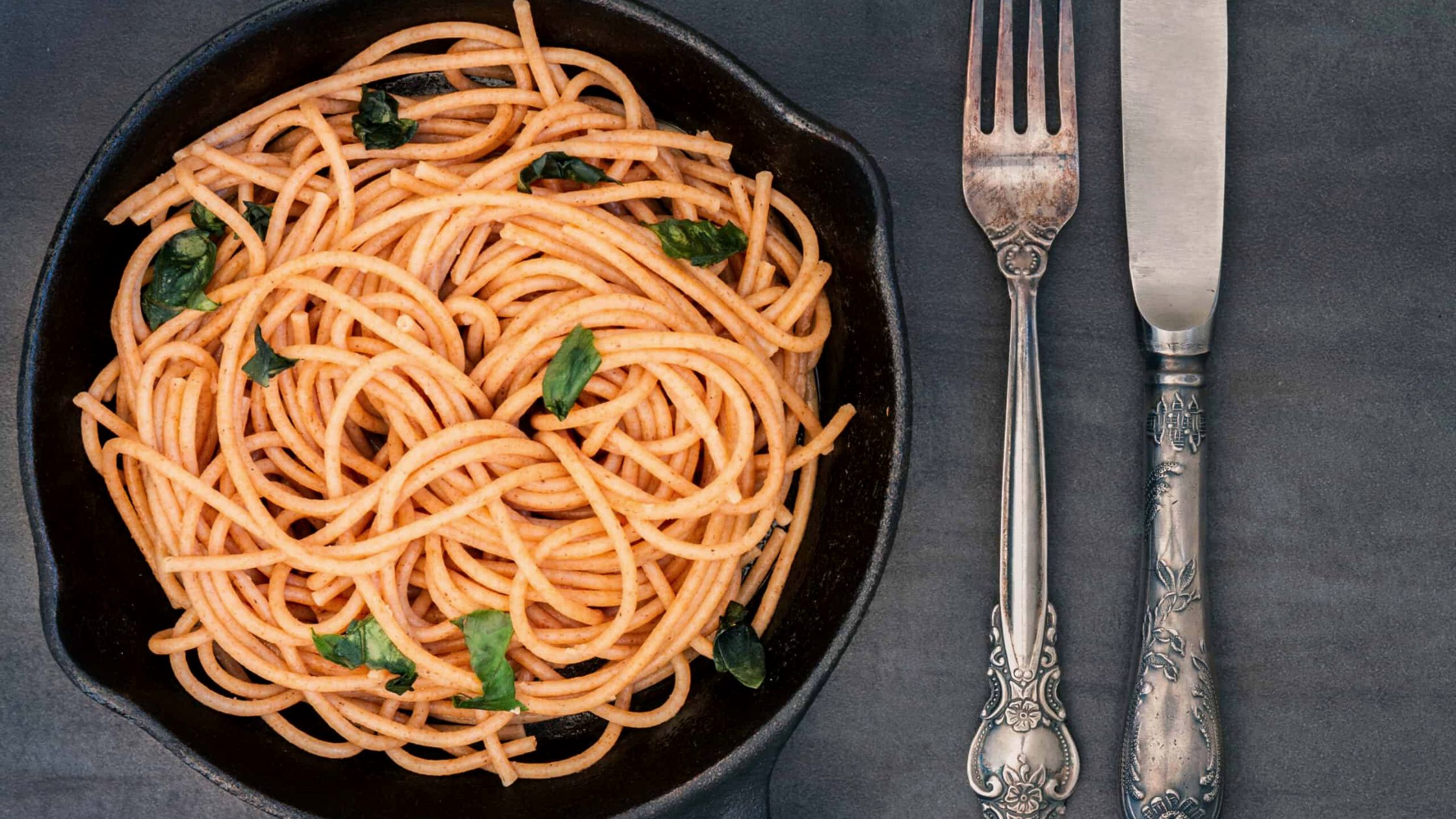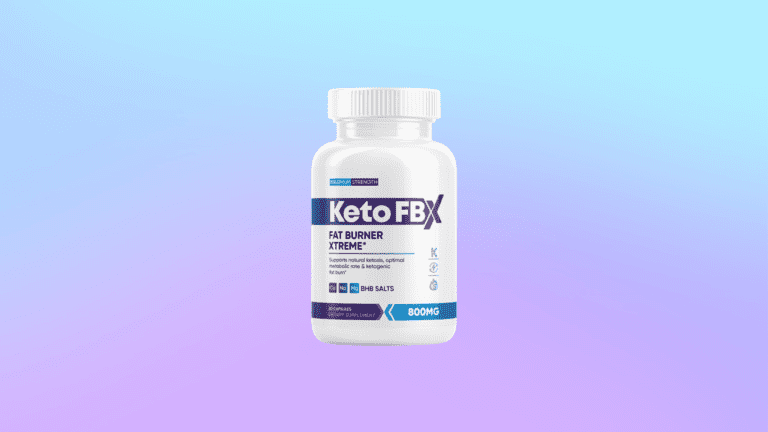Are Noodles Healthy? Types Of Noodles For Weight Loss!

Noodles are one of life’s greatest joys and may be found in practically every ethnic cuisine. Despite the fact that noodles are delicious, are they good for losing weight?
Best Noodles For Weight Loss!
Most noodle recipes are high in carbohydrates and fat, with little protein, making them a poor choice for weight loss when on a strict diet. When trying to maintain a balanced diet, it can be tough to eat a dish that is overloaded with carbohydrates and fats. There are numerous weight loss noodles. These help in maintaining shape.

As we’ll see in the following sections, however, it is possible to incorporate a conventional noodle dish into a balanced diet.
In this post, we’ll examine the most popular Asian noodle dishes to determine which are the healthiest and which are the most calorically dense.
Here are the best noodles for weight loss, so let’s get down to the nitty-gritty and find out what’s within each one.
Weight Loss Noodles
Here are some of the best noodles for weight loss that are both delicious and nutritious.
Jjolmyeon (Korean Spicy Noodles)
A cold noodle dish flavoured primarily with gochujang, a Korean chilli paste, Jjolmyeon is sweet and spicy. Thin buckwheat noodles offer a wonderful chewy texture that complements the dish’s spicy and sweet flavours. Like eating tteokbokki, a hot Korean dish that comprises rice cakes and fish cakes instead of noodles, the flavour combination of egg and spicy chilli paste is unlike anything I’ve ever had before.
Japanese ramen soup is called Shin Ramen.
Shin Ramen is the world’s most popular instant noodle dish, therefore there isn’t much to say about it.
You get a rich flavour profile and a hearty meal for a low cost by heating up a packet of these noodles.
If you’re a fan of instant noodles, you may want to limit yourself to a few servings a week, as there are a lot of strange ingredients in these products.
One more time, this dish has a lot of carbs and can quickly mount up if you aren’t attentive.
Instant noodles aren’t the healthiest option, but if you’re looking for something quick and easy to eat on a lazy day, this is the way to go.
To keep on track, you can cut back on the number of calories in the broth.
Naengmyeon Mul Naengmyeon
Jjolmyeon, the dish we covered earlier, is extremely similar to this one and is basically the non-spicy variant. Contains sesame oil and yellow mustard in a vinegar-based broth.
This chilly, ice-filled noodle dish is ideal for the warmer months.
It just feels incomplete without some sort of meat dish, and it tastes much better when served alongside some galbi or bulgogi.
The lack of fat makes this dish, despite its high carb content, a healthier option.
The lack of fat in traditional Naengmyeon dishes may explain why they are so bland in the absence of protein. Just a few thoughts to ponder.
The Janchi Guksu
One of the most intriguing dishes in traditional Korean cuisine, Janchi Guksu has a delicate flavour but is satisfying and comforting all at the same time.
Because Janchi Guksu is made with buckwheat noodles, you’ll receive the same chew and texture as Jjolmyeon.
Soy sauce, Korean pepper flakes, sesame oil, and garlic make up the soup.
This dish has a very mild flavour because there isn’t a lot of salt in it.
Given the amount of food and protein in each dish, this is a good deal.
With fewer carbs and a higher amount of protein, this is a better option than the previous three.
Tan Tan Myeon
There is a lot of meat in Tan Tan Myeon, and the thick soup is full of flavour. The Korean version of DanDan noodles is Tan Tan Myeon. Blackbean paste and Korean chilli paste are two of the many Korean ingredients that make up the soup.
Typical ramen noodles are a great match for the broth’s flavorful aromas and textures. For a dish that is strong in fat and carbohydrates, lean protein like fish or chicken breast would be a great addition. For the meals that follow or precede this one, we recommend focusing on low-fat and low-carb selections.
Udon
Udon noodles are loved by everyone I’ve ever met since they’re so delicious and chewy.
Dashi (a delicious seaweed broth), mirin, and soy sauce are all used in the preparation of the noodle dish known as udon.
In my opinion, the nicest aspect of this dish is the combination of chewy noodles with sweet and salty ingredients.
So many Japanese dishes include Mirin, and it’s their secret weapon since it has such a rich sweetness.
This meal has a terrific flavour without a lot of fat, making it a real treat.
The macronutrients in meat, such as those found in beef or pork, would make this dish even more filling.
Kal Guksu (Knife Cut Noodles)
The Korean comfort meal Kal Guksu is one of my all-time favourites.
You have to create the dough by hand, so it’s a time-consuming noodle.
There is a show on Netflix titled “Street Food” that features night market vendors from all over the world.
There is a person who crafts Kal Guksu, and it is a sight to behold.
For every bowl of noodles, the dough must be worked, shaped into the desired shape and then cut so that the noodles may soak up the fragrant, creamy broth.
Since one serving of kal guksu is more than enough for a meal, the rest of your menu should feature leaner proteins and fats, such beef, pork, or fish.
- For all Asians, not just Vietnamese, Pho is a must-have food.
As a result of its wonderful flavour, it’s liked by people of various ages and backgrounds.
Let’s start by talking about what goes into the broth of a bowl of Pho because there is so much to discuss.
Fish sauce, ginger, garlic, lemongrass and sugar are just some of the ingredients that make up its flavorful broth.
You can’t help but feel at ease with every bite of this meal because it’s flavorful, sweet, acidic, and light.
After a long day at work or a night of drinking, there’s nothing like a bowl of steaming hot Pho to help you unwind and get over a hangover.
It’s low in fat and calories, and the delicious flavours make it well worth the purchase.
- Sujebi (Korean Hand Pulled Noodles)
This selection is tainted by personal preference, as I grew up loving this dish.
The first generation of Koreans, those born in the 1950s and 1960s, ate a lot of sujebi.
Flour was one of the cheapest and most readily available meals during those hard times.
This dish has a long and colourful history, but its outstanding noodles and diverse flavour profile keep it at the top of the list.
Large anchovies, chives and garlic are added to the soup’s broth for additional flavour.
As a result of the combination of these flavours, you get a dish that’s rich, creamy, and flavorful.
In order to enhance the flavour of both the broth and the noodles, this meal is often served with a hot garlic soy sauce.
As a side dish, it’s fantastic with Korean chicken or bulgogi, but it’s also delicious on its own.
- Japchae (Korean Glass Noodles)
Banchan is a type of Korean meal that includes Japchae.
You can think of banchan as a condiment for your main dish if you will.
Tapas-like Korean foods are eaten as an appetiser and as a side dish to various meats and stews. They are similar to tapas in size and shape.
Salt, sugar, and sesame oil are the key ingredients in Japchae’s unique flavour.
Grilled carrots, onions and shitake mushrooms are also popular accompaniments, and they all contribute a unique flavour and texture to the dish.
There aren’t many low-calorie noodles on the market that taste as good as these do.
Many Asian countries adore japchae, which is why it can be found in nearly every Korean restaurant.
- Chow Mein with Beef
The traditional version of the dish has a substantially lower carbohydrate content since the beef and noodles are distributed evenly.
Chow Mein is sometimes served piled high atop rice at Wok Restaurants, which implies even more carbs for the customer.
As a bonus, you receive a mouthful of succulent, tasty meat at the same time.
- Noodles in Soba Style
Soba is a traditional Japanese noodle dish that can be eaten hot or cold.
Mirin, Japan’s tastiest ingredient, is once again prominent in this dish.
Wheat noodles have a distinct flavour that goes well with the sweet and savoury broth, so you can either dip them in or soak them up.
It’s fascinating to observe the cooking process and observe how deeply ingrained Japanese culture is in this cuisine. The combination of soba noodles with mackerel is a popular one at many Japanese soba restaurants.
It’s a good idea to purchase some of these noodles the next time you visit your favourite Soba restaurant because they’re so versatile.
The concluding notes:
Here are the healthy options of noodles for you. You can eat these for flavour as well as weight loss. Try these out to have a slim shape. You can use our definition of health as a guide for your own health and fitness goals, which we will also go over.





